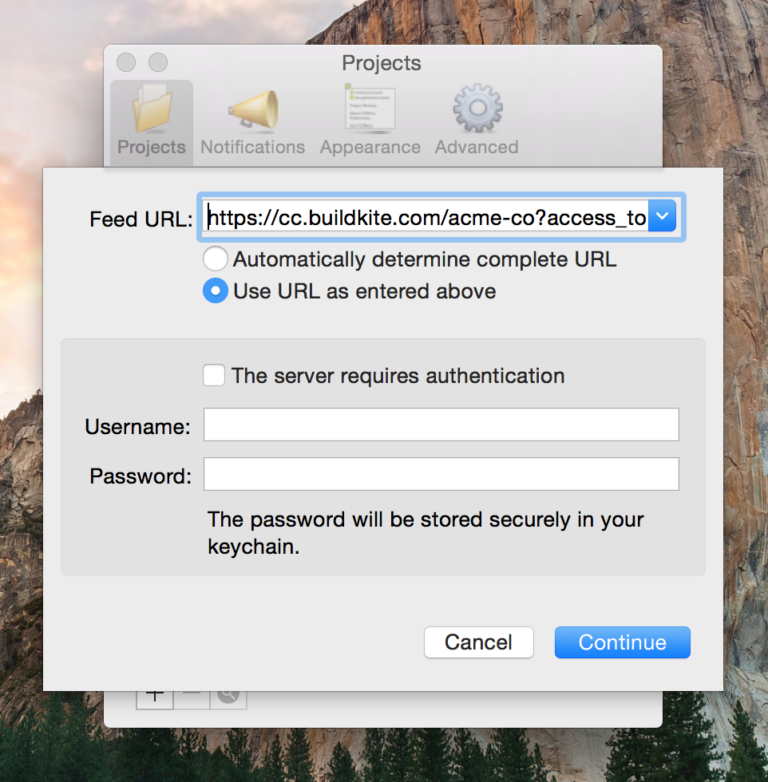
- #Configure ccmenu with circleci how to
- #Configure ccmenu with circleci manual
- #Configure ccmenu with circleci software
This continuous application of quality control aims to improve the quality of software, and to reduce the time taken to deliver it, by replacing the traditional practice of applying quality control after completing all development.
#Configure ccmenu with circleci manual
In addition to running the unit and integration tests, CI servers will run additional static and dynamic tests, measure and profile performance, extract and format documentation from the source code and facilitate manual QA processes. CI quality control has to be different from the traditional quality control processes of unit, system, and system integration testing.

In CI, developers commit their code to a build server, which automatically runs tests either periodically or after every commit, and reports the results to the developers via email or other methods. This helps avoid one developer's work in progress breaking another developer's copy. Initially this was conceived of as running all unit tests in the developer's local environment and verifying they all passed before committing to the mainline.
#Configure ccmenu with circleci software
It is often associated with extreme programming (XP), but it can also be used with other approaches to software development.ĬI was originally intended to be used in combination with automated unit tests written through the practices of test-driven development. It is the practice of continuously evaluating how different developers' work would integrate, such as by running tests and performing builds several times per day.

Two accounts in AWS, one simulating the development and the other one simulating the production environment.The goal is to learn how we can create a CD pipeline to deploy a serverless application.
#Configure ccmenu with circleci how to
The goal of this article is not to show you how to build or test a serverless application, so the sample application will be extremely easy and the tests might not make sense. In this article I’ll show you how to create a simple continuous delivery pipeline that brings us closer to a professional application development. You must have a CI/CD pipeline set up, you probably have two accounts (one for production and another one for development), you need a repeatable and reliable way to create your infrastructure and so on.

You can even write a function in the browser! But that’s not how you should work on a daily basis.

We hope you enjoy it! If you have questions about the content, you can reach out to Vicenç García-Altés here. It originally appeared on his blog, and has been re-published here with his permission. This is a guest post written by Vicenç García-Altés.


 0 kommentar(er)
0 kommentar(er)
